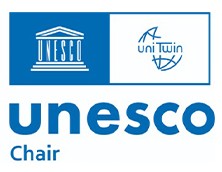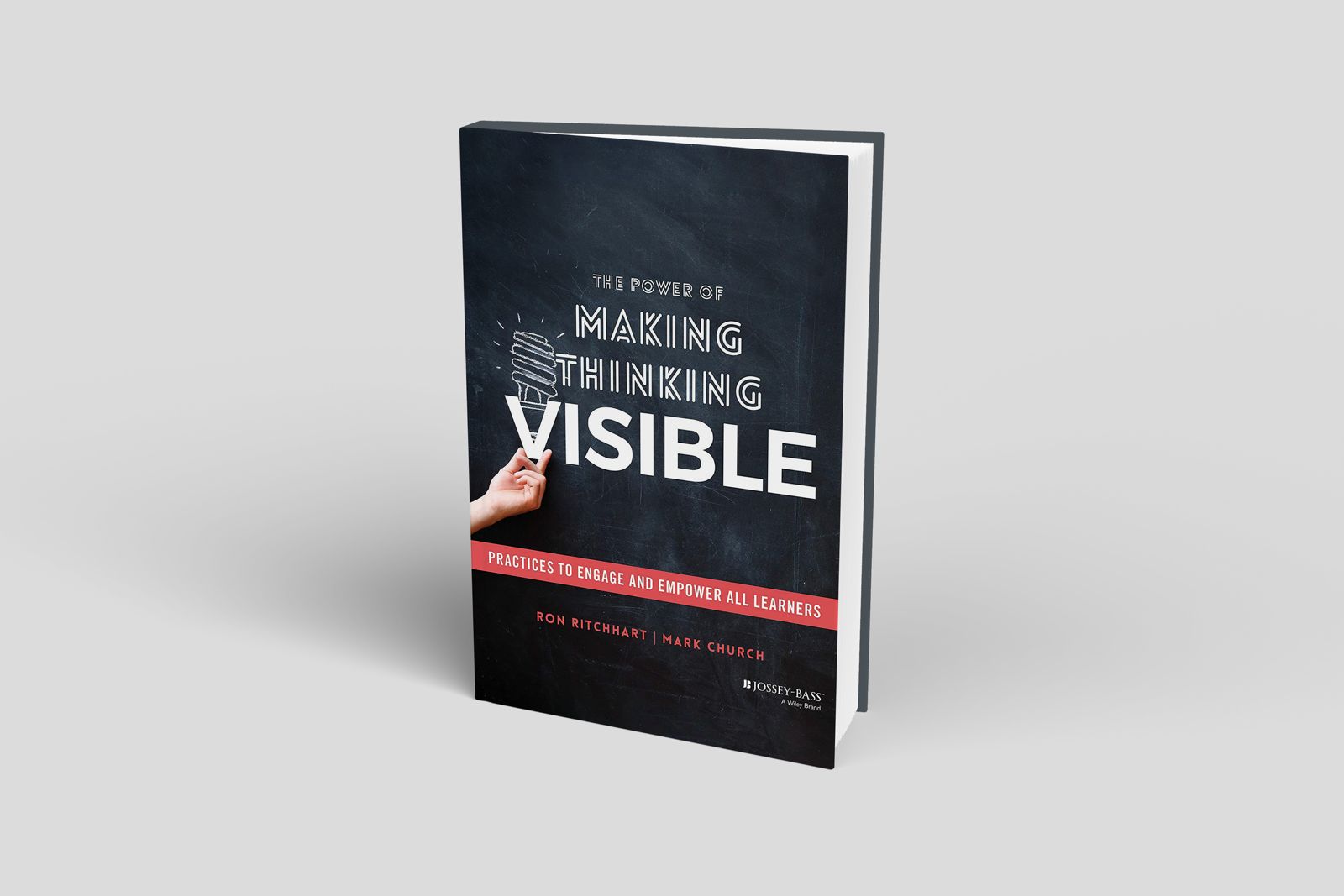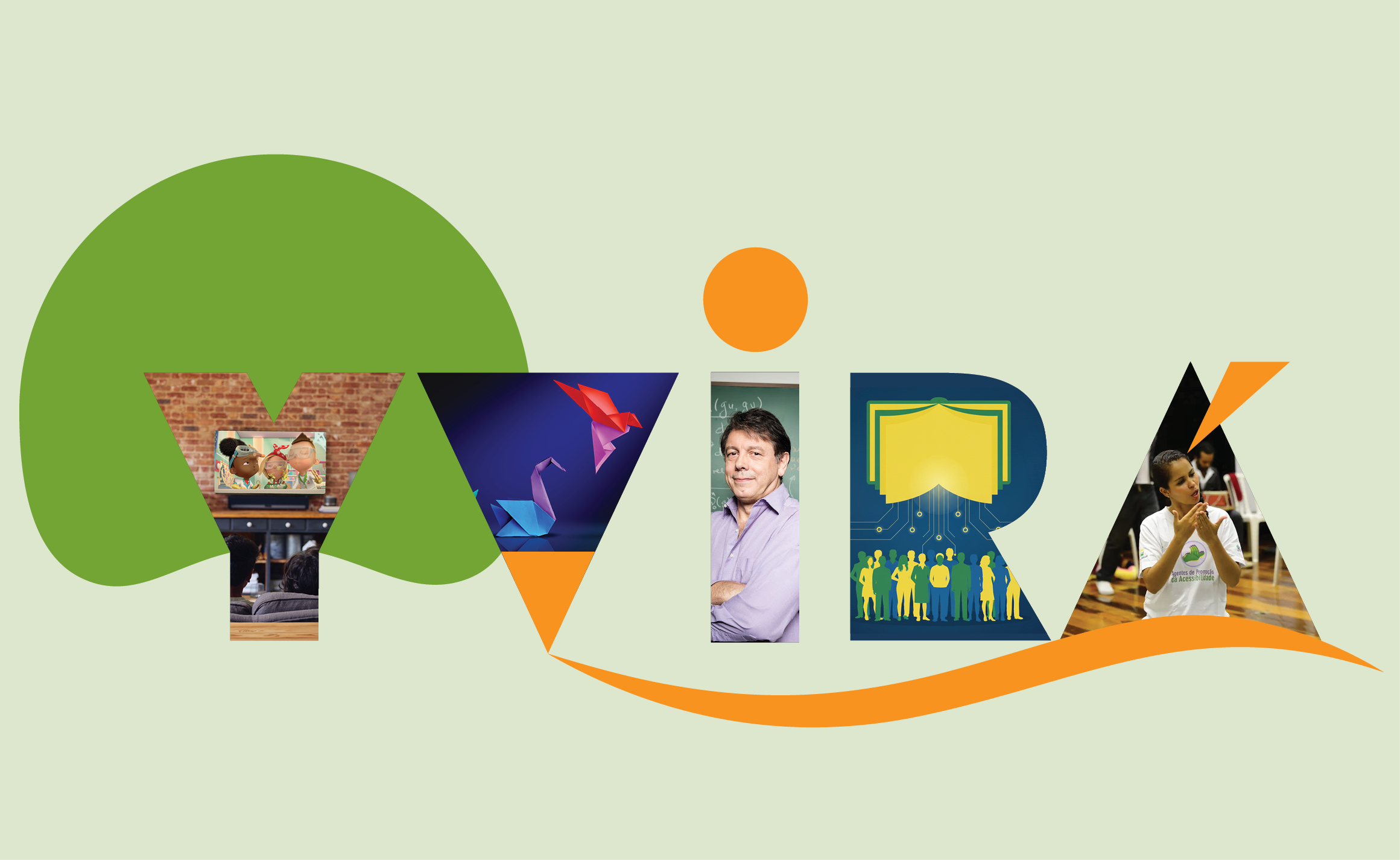Julia Pinheiro Andrade
PhD student in Educational Psychology, founder of Ativa Educação
Faculty of Education, USP
The central premise of the publication is simple but powerful: learning is the result of thinking, not the other way around.
In classrooms that build this visible culture of collective thinking, active listening, systematic questioning, and connection and collaboration between ideas and points of view are strengthened as routine practices.
Julia Pinheiro Andrade
PhD student in Educational Psychology, founder of Ativa Educação
Faculty of Education, USP
JULY/AUGUST 2025 | nº2 | Based on Harvard’s Project Zero, the book offers new tools for teaching planning
In a world where critical thinking and collaboration are increasingly essential, the Brazilian edition of the book “The Power of Making Thinking Visible: Practices to Engage All Students,” by Mark Church and Ron Ritchhart (published in Brazil by Penso), has arrived at a good time. The work is the result of “Project Zero,” from Harvard’s School of Education, which has been investigating for almost 60 years how teaching can promote engagement and understanding for deep learning. Expanding on the findings of previous research, the book presents new evidence of the impact of this approach in schools around the world and offers unprecedented tools for teacher planning.
The central premise of the publication is simple but powerful: learning is the result of thinking, not the other way around.
The central premise of the publication is simple but powerful: learning is the result of thinking, not the other way around. Thus, far beyond transmitting knowledge and coordinating instructions, a good teacher creates conditions for students to develop both cognitive skills and sensitivity and motivation to think, collaborate and self-knowledge — urgent challenges in the hyperdigital world.
The visible thoughts in the title are all the forms of ideas, reflections and questions that we have, which can be associative and emotional thoughts, considered more intuitive, or the so-called metacognitive and strategic thoughts, the main objects of Project Zero. These involve strategies for observing in depth, analyzing and interpreting oneself and the world and creating a willingness to solve problems and create things.
The book explores different types of thinking, presents pedagogical principles and cites the effects observed in the classroom from this approach. Furthermore, it introduces new tools, such as the “Map of Understanding”, a visual model that consolidates a visible vocabulary of thinking: observing carefully, formulating questions, establishing connections, considering different perspectives, creating explanations, reasoning based on evidence and developing syntheses and conclusions.
In the second part, the book presents routines for interacting with other people, with ideas and actions. Each of the Visible Thinking Routines is linked to the “Map of Understanding” and illustrated with accounts from teachers, facilitating their transposition to different teaching contexts.
The last part discusses planning for visible thinking and the organization of teaching practice units, providing concrete examples of implementation. Teachers learn to have clarity and intention on how to instigate, document and deepen thought processes.
Collective thinking
Traditionally, schools and teachers assess student learning based on products —essays, tests, presentations. However, the factors that lead to these results — chance, cheating, ease or difficulty in learning — often remain hidden.
With Project Zero’s innovative approach, thinking routines make each stage of the cognitive process visible, allowing students to monitor, in real time, how they connect, construct, and systematize ideas and actions — connections that were previously restricted to their internal world.
In classrooms that build this visible culture of collective thinking, active listening, systematic questioning, connection and collaboration between ideas and points of view, documentation of learning, and metacognition—individual and collective—are strengthened as routine practices.
In classrooms that build this visible culture of collective thinking, active listening, systematic questioning, and connection and collaboration between ideas and points of view are strengthened as routine practices.
Making thinking visible thus proves to be both a pedagogical goal and a methodological process that aligns teaching, curriculum, and formative assessment, promoting deep learning, with understanding and self-regulation for all students. Reading is an irresistible invitation from “Project Zero” for all educators and researchers in education.






